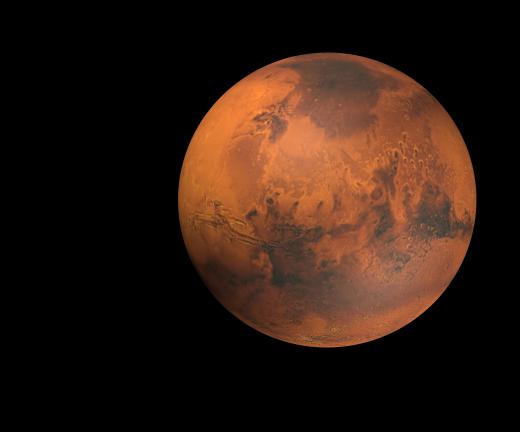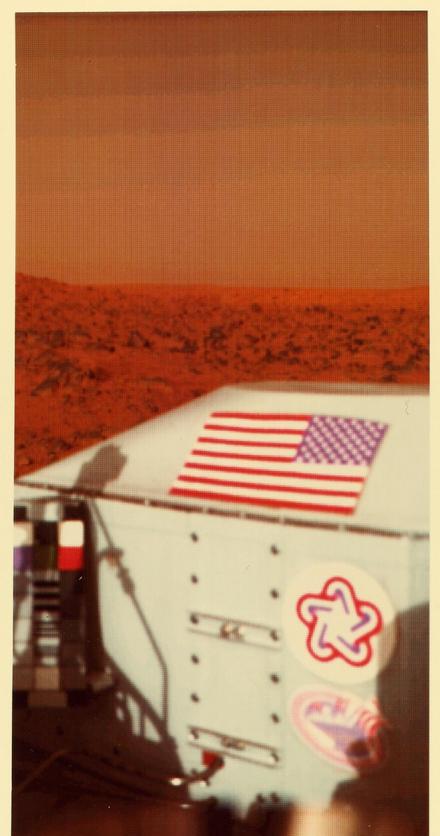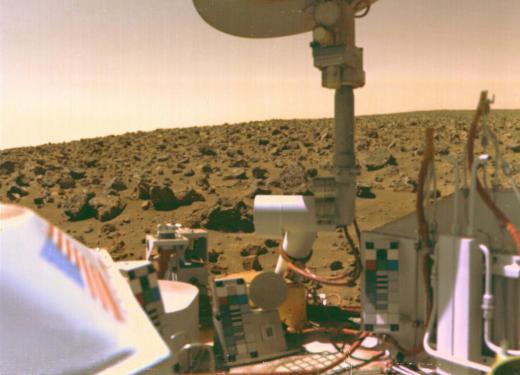What is the Viking Mission?
 Mary McMahon
Mary McMahon
The Viking Mission was a National Aeronautics and Space Administration (NASA) program which was designed to provide the agency with more information about Mars. Data from the Viking Missions continues to be used by researchers to this day, although additional missions have provided even more information and data about the Red Planet.
Groundwork for the Viking Mission was laid in 1968, when researchers started developing the idea of sending probes to Mars for the purpose of gathering information and conducting basic scientific experiments. Two vehicles, Viking I and Viking II, were sent to Mars in 1975. Each vehicle consisted of an orbiter and a lander. When the vehicles reached orbit in 1976, the orbiters scouted for good locations, dropping the landers onto the planet.

One of the primary goals of the Viking Mission was to create a series of high resolution images of Mars. Thousands of pictures were taken and beamed back, giving researchers a detailed look at Mars. These images revealed details of the Martian terrain, weather systems, and other matters of interest, and they were also interesting from a purely psychological viewpoint, providing residents of Earth with their first close look at the neighboring planet.

The Viking Mission was also intended to gather specific information about the composition of the Martian atmosphere and surface. The probes collected information which revealed the mineral content of the soil and the balance of gases in the atmosphere, and they also conducted tests which were designed to look for signs of life on Mars, another part of the Viking Mission's goal. These tests were initially positive, but researchers later suspected that a false positive reading had been obtained due to unexpected chemical reactions which had occurred during the testing.

Like other missions conducted by NASA, the Viking Mission was a great public relations coup, as it gave people on Earth something to talk about and connect to when thinking about the Space Program. Researchers could point to the success of the Viking Mission as a good justification for the funding used to support the Space Program, and they also suggested that such missions established groundwork for future missions to Mars and other planets in the future. The Viking Mission also contributed immensely to the scientific community with its years worth of data from orbit and the planet's surface; the last component was shut down in 1982, after having transmitted for six years.
AS FEATURED ON:
AS FEATURED ON:













Discuss this Article
Post your comments